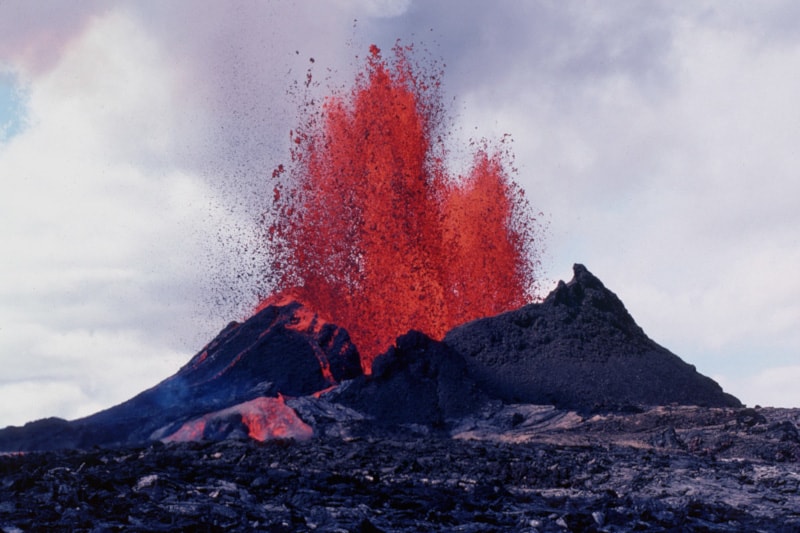
Kilauea Facts
- Firstly, the mighty Kilauea represents one of the five massive volcanoes that, taken together, form the island of Hawai’i.
- This astounding example of Nature’s might also ranks as the second youngest of the group and the most highly active by far in modern times.
- Furthermore, while its exact age remains undetermined, official estimates place this at somewhere between 210,000 – 280,000 years.
- In addition, this highly active and powerful volcano was in an almost continual state of eruption from 1983 until 2018,
- Finally, during this highly prolonged state of nearly continuous eruption, Kilauea was also occasionally accompanied by earthquakes.
Related Articles
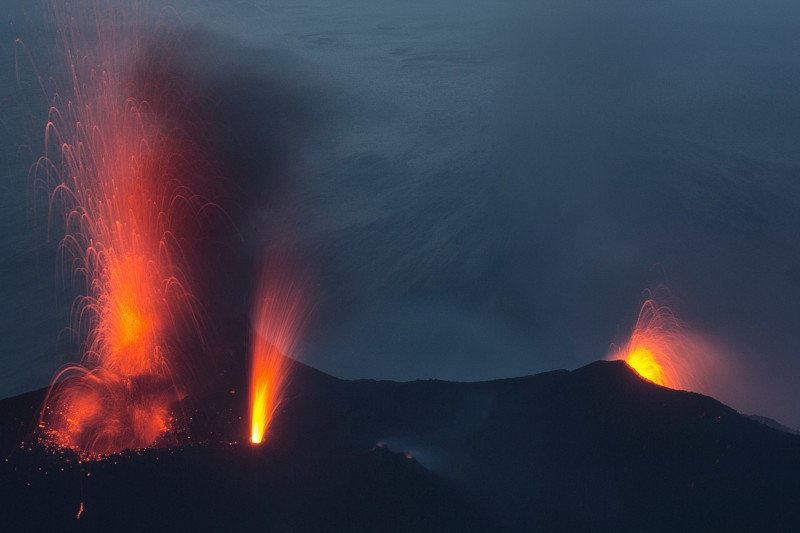
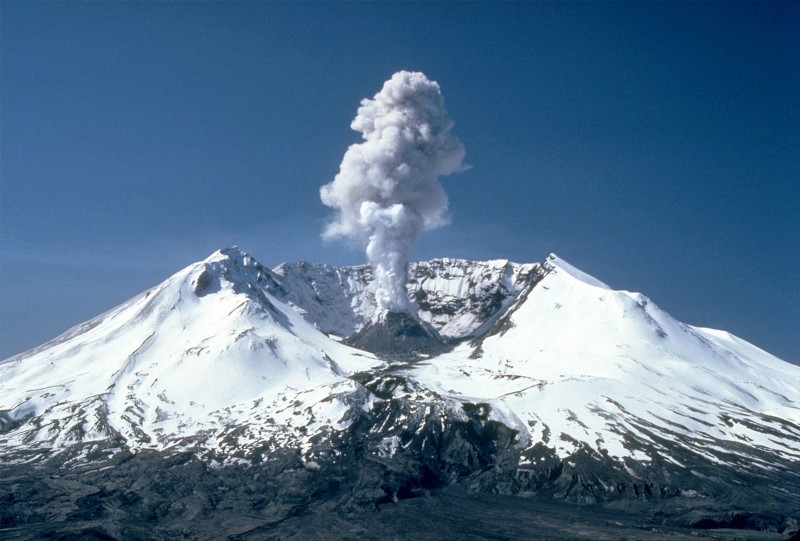
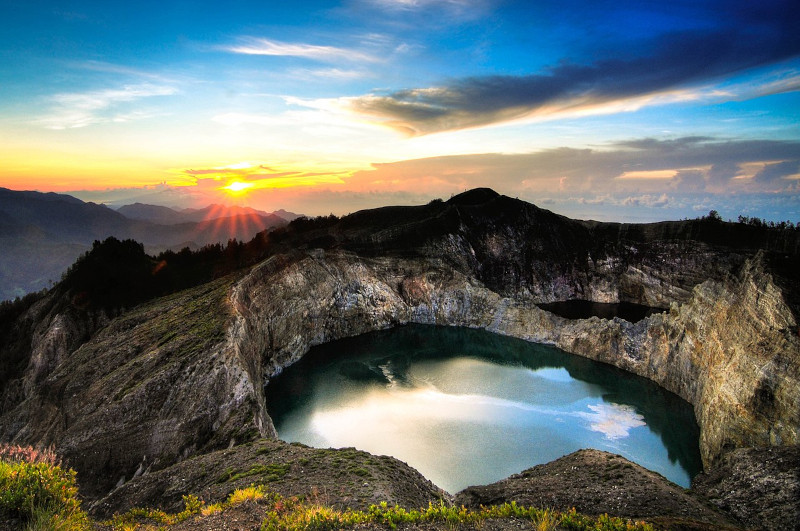
Kilauea Physical Description
Most notably, the amazing Kilauea actually formed on the flank of another older and much larger volcano, the mighty Mauna Loa.
However, this volcano itself stands roughly 4,200 ft (1,280 m) tall. It also boasts a caldera whose size remains as impressive as its activity level.
This astonishing and somewhat ovoid-shaped caldera actually measures about 1.86 mi (3 km) in width and roughly 3.1 mi (5 km) in length.
Furthermore, the dangerously active caldera has a known depth of about 541 ft (165 m). However, these dimesnions change routinely due to ongoing activity.
In addition, even though Kilauea formed on top of another volcano, this behemoth of Nature actually has an entirely separate magma chamber.
Kilauea Location and Ecosystems
The remarkable and beautiful, if deadly, Kilauea, forms part of one of the Hawaiian Islands, themselves part of the United States, in
Despite the dangers of the near-constant eruptions, the area surrounding the volcano actually contains a thriving and surprising ecosystem.
Many National Parks therefore dot the surrounding area, serving as home to countless varieties of trees, flowers, ferns, and also birds.
In addition, one portion of Kilauea, along the coast, actually serves as home to three nesting sites of a critically endangered variety of sea turtle.
Finally, and thankfully, many of these species live in areas now set aside as various reserves. However, this only protects them from man, not the volcano.
Features Sharing Its Region

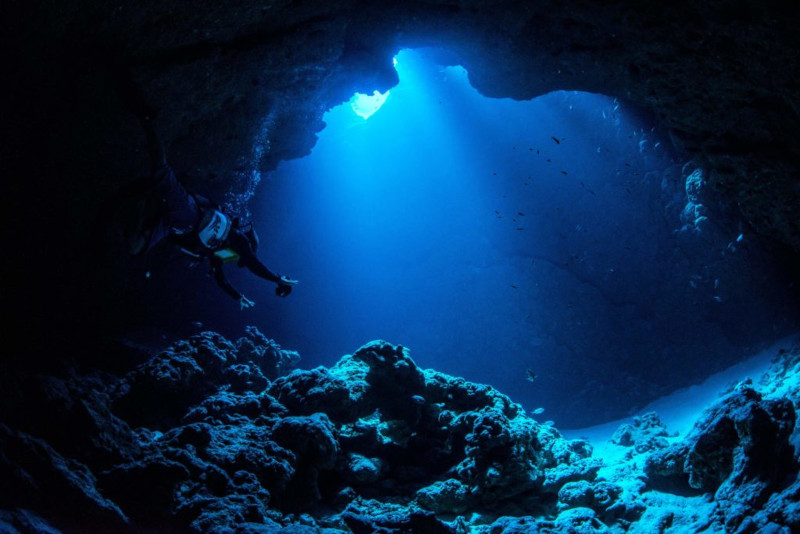
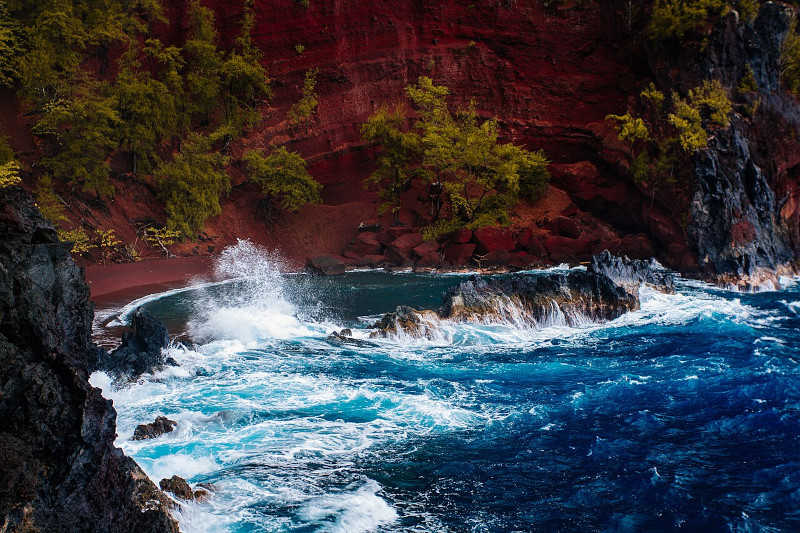
Check out our other articles on Earth’s Extremely Threatened Flowers, Australian Sea Lion, Deception Island, Indian Bullfrog, Happy Alien, Mountain Pine Beetle, Blue-lipped sea krait
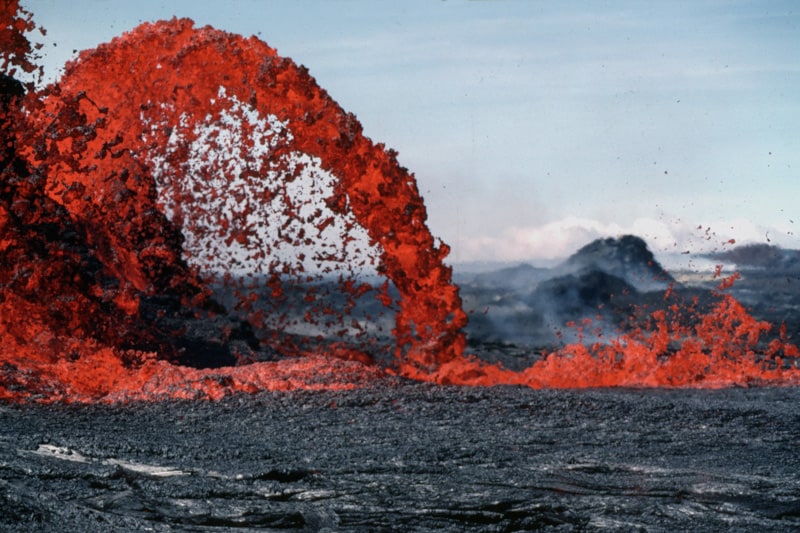
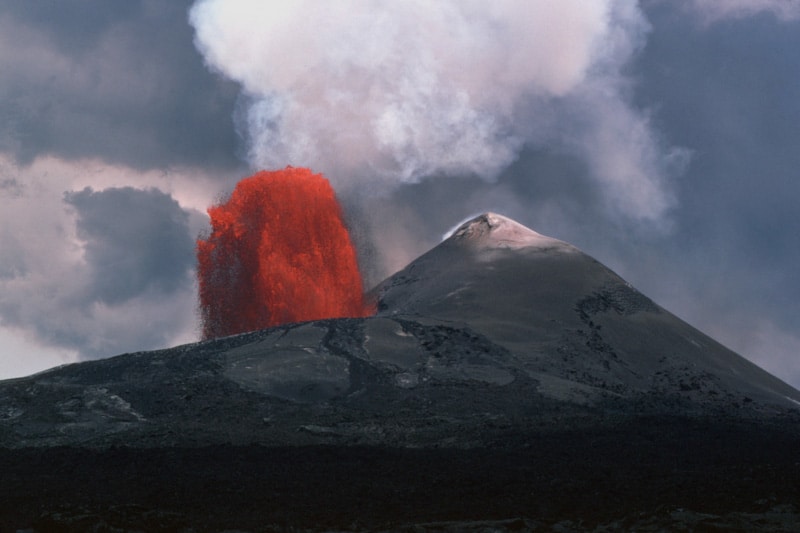









Leave a Reply